General
An Update on Coppice (and Myself)
You may have noticed that things have been a little quiet over the past 6 months when it comes to Coppice, so I'd like to give an explanation of why.
General
You may have noticed that things have been a little quiet over the past 6 months when it comes to Coppice, so I'd like to give an explanation of why.

Dev Diary
I'm restarting the Dev Diaries, this month talking about burn out and planning for the future of Coppice

General
The M Cubed website and Coppice got a redesign. Find out what's new and why it took so long!
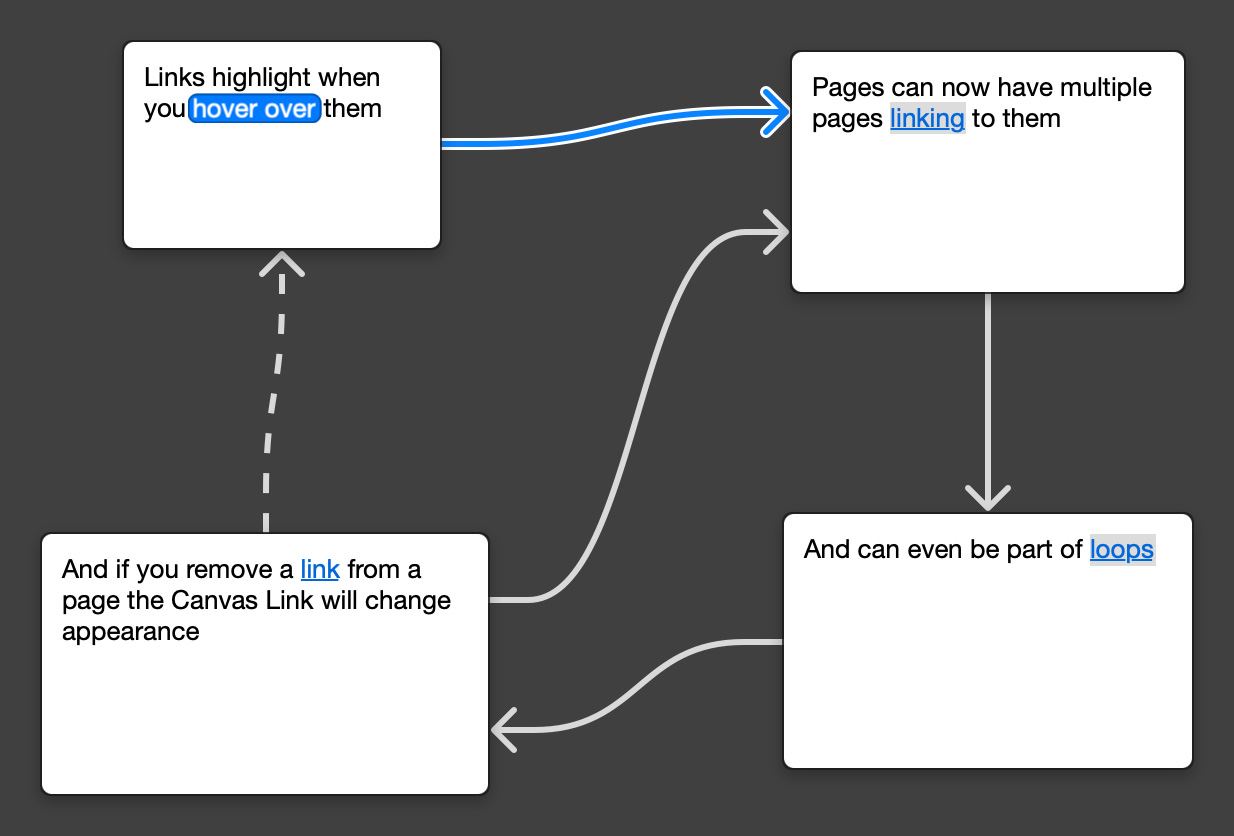
General
I'm excited to announce that Coppice 2022.2 is now available to download. Let's take a look at what is new, including link highlighting and multiple links to pages
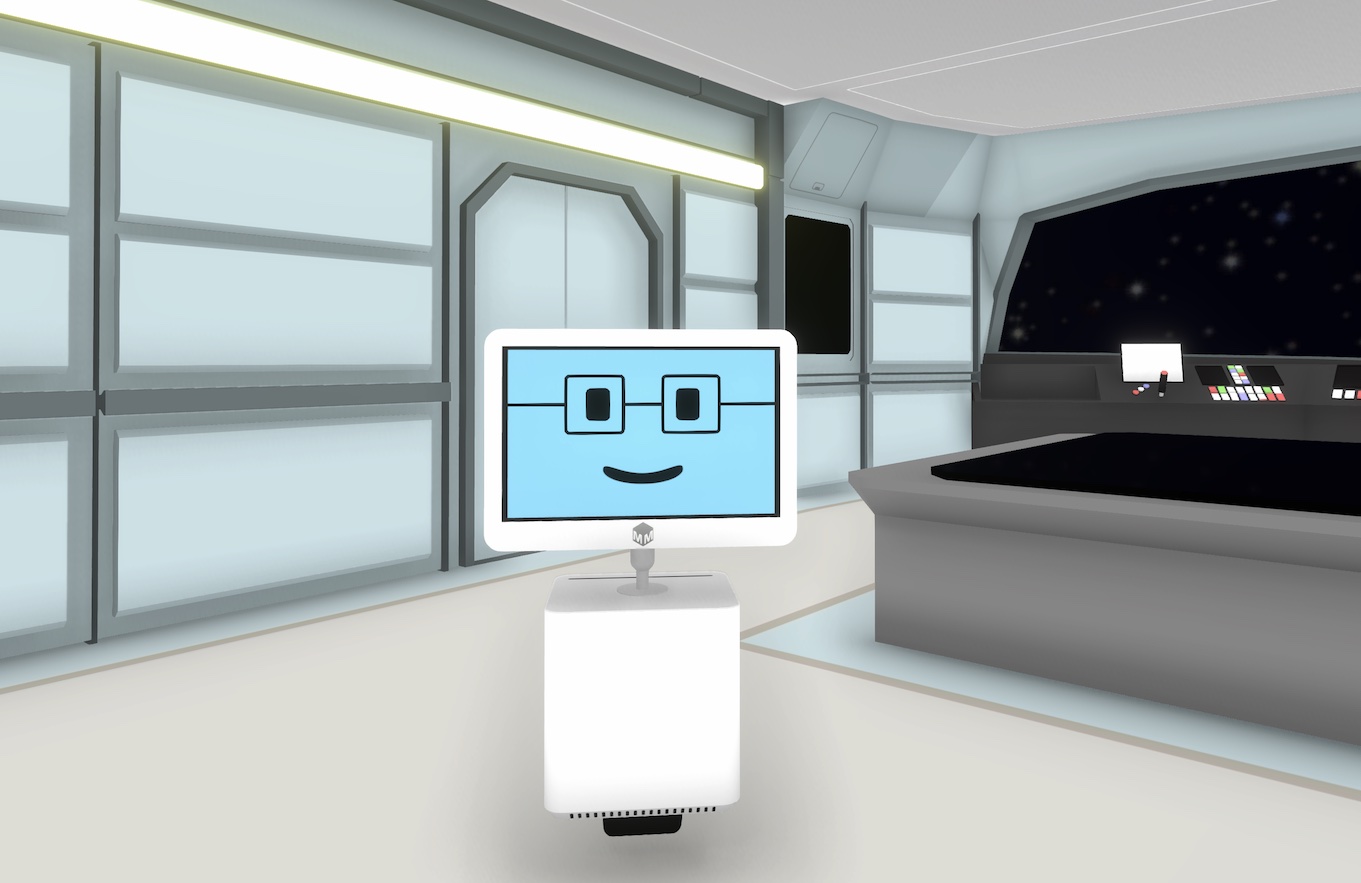
General
Let's take a look at what happened over 2022 and what I would like to achieve over the course of the next year
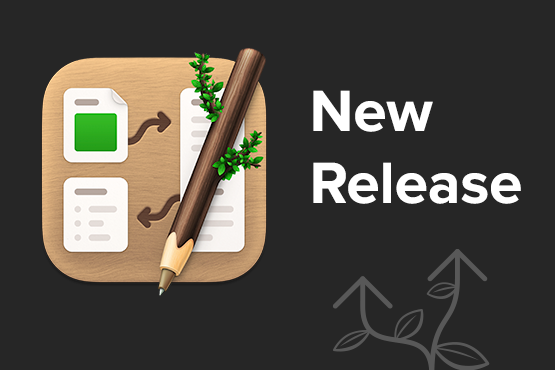
Release
Coppice 2022.1 is now available. Checkout what is new, including image linking and editing!

General
Software development can seem like a rather opaque practice at times. I've started streaming the development process on Twitch to try and make it a bit more transparent
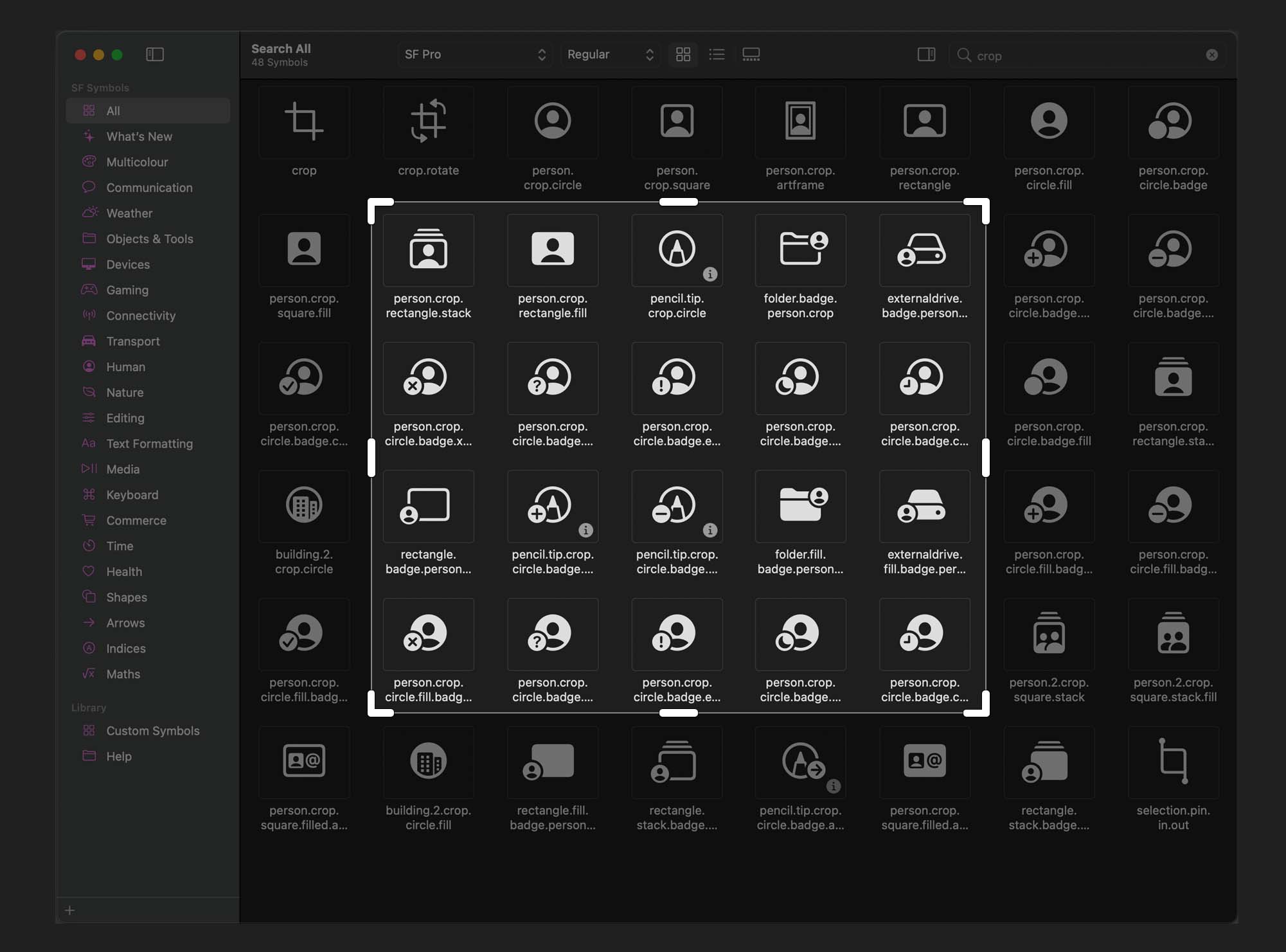
Dev Diary
The first Dev Diary goes into recovering from 2021, starting streaming development on Twitch, and working on the next version of Coppice

Release
Coppice 2021.2 is out, bringing improvements to linking and navigation, plus a huge number of quality of life improvements
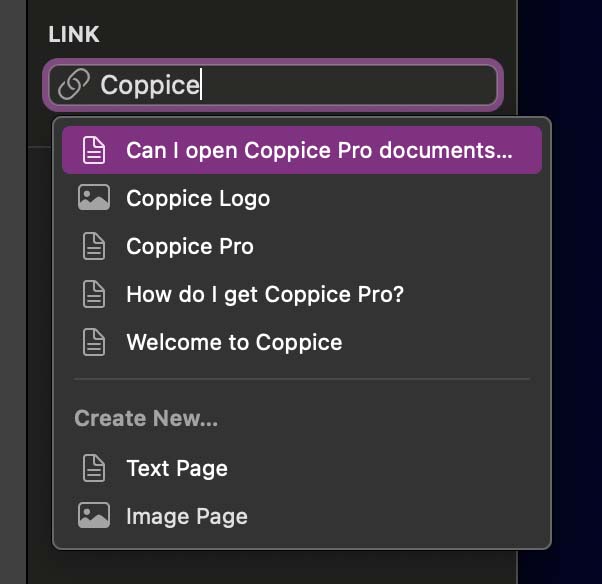
Sneak Peek
Coppice 2021.2 is almost ready, so lets take a look at some of the new features you can expect to see!